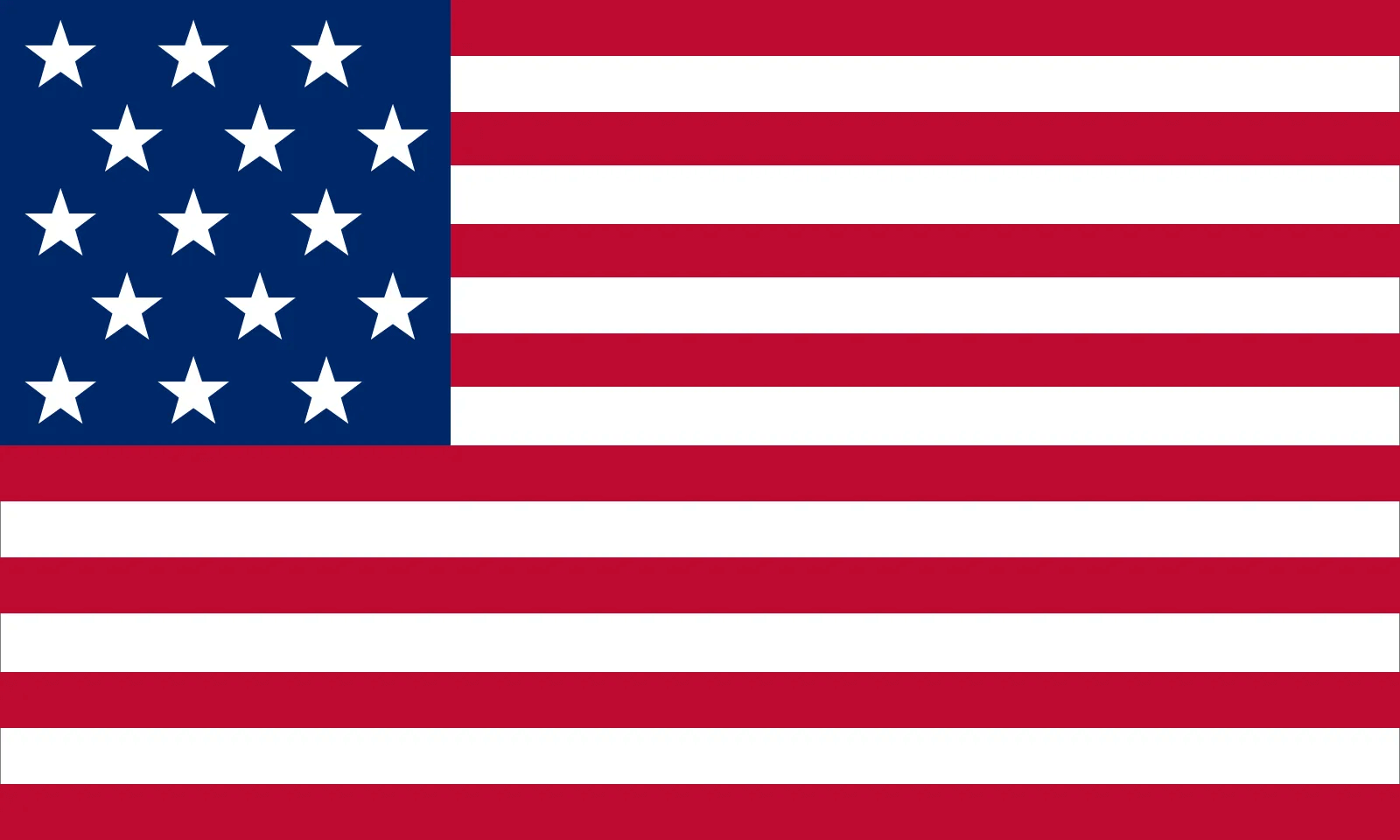Understanding the Importance of a Quality Roofing System
Choosing the right roofing system is one of the most critical decisions for contractors, homeowners, and commercial builders alike. A durable, high-quality roof not only protects the structure but also adds to its value, aesthetics, and energy efficiency. Among the many options available, Duro-Last Roofing has emerged as a leading solution, known for its durability, customization, and ease of installation. In this guide, we’ll explore why Duro-Last is considered the “World’s Best Roof” and how it may be the perfect choice for your next roofing project.
What is Duro-Last Roofing?
Duro-Last is a thermoplastic, single-ply roofing system that is custom-fabricated for each project. Founded in the late 1970s, Duro-Last Roofing is manufactured in the United States, with its headquarters in Saginaw, Michigan, and additional facilities in Oregon, Mississippi, Iowa, Texas, and Massachusetts. The custom-fabrication approach pioneered by Duro-Last revolutionized the roofing industry by minimizing seams, which not only reduces installation time but also increases durability.
This unique roofing system is engineered to withstand various environmental challenges, from heavy rain and high winds to intense sun exposure. The company prides itself on providing a low-maintenance, long-lasting roofing solution for commercial, industrial, and even residential properties.
Key Benefits of Duro-Last Roofing
- Custom Fabrication and Fewer Seams
- Duro-Last’s custom-fabrication approach eliminates up to 85% of field seams, which are typically the most vulnerable part of a roofing system.
- The factory-controlled environment ensures consistent quality, reducing labor costs and installation errors.
- Exceptional Durability and Longevity
- Made from a high-strength polyvinyl chloride (PVC) membrane, Duro-Last roofing can last 15 to 30 years with proper maintenance.
- It resists common issues like punctures, chemicals, and fire, making it suitable for demanding environments.
- Energy Efficiency
- Duro-Last roofing is designed to be energy-efficient, reflecting sunlight to reduce cooling costs in the summer.
- Many Duro-Last systems meet Energy Star® requirements, helping building owners save on energy bills.
- Weather Resistance
- Known for its resilience, Duro-Last can withstand various weather conditions, including high winds, heavy snowfall, and hail.
- The reinforced membrane resists UV rays, preventing fading and degradation over time.
- Environmentally Friendly
- Duro-Last is a sustainable choice, as its roofing materials are recyclable and designed with energy savings in mind.
- The custom fabrication minimizes waste on-site, which further contributes to environmental conservation.
A Look at Duro-Last Roofing Specifications and Features
Duro-Last’s roofing system is made from a PVC polymer blend reinforced with polyester scrim. This combination results in a high-strength, flexible membrane that withstands the rigors of weather, chemicals, and physical stress. Here are some standout features:
- Wider Fastening Tabs: Duro-Last membranes feature wider fastening tabs that provide greater stability during installation.
- Durable Membrane Thickness: The PVC membrane is available in various thicknesses to suit different project needs, offering flexibility without compromising on strength.
- Factory-Sealed Seams: The seams are heat-welded at the factory, ensuring a watertight and consistent seal that surpasses field-welded seams in strength and durability.
- Easy Installation: Custom fabrication and pre-measured panels make the installation process faster and less labor-intensive, saving time and reducing potential errors.
- Fire and Chemical Resistance: Duro-Last is inherently resistant to fire and chemicals, making it ideal for industrial buildings where such risks are common.
The Duro-Last Installation Process
The installation process for Duro-Last Roofing is designed to be efficient and straightforward. Here’s an overview:
Step 1: Custom Fabrication and Delivery
- Each roofing system is custom-made based on the building’s specific dimensions, reducing the need for on-site adjustments.
- Duro-Last arrives with all necessary components, including pre-cut panels, fasteners, and detailed instructions for installers.
Step 2: Roof Preparation and Layout
- The roof deck is inspected and prepared, ensuring a clean, smooth surface for optimal adhesion and fastening.
- Pre-cut panels are then laid out according to the installation plan, minimizing waste and streamlining the process.
Step 3: Fastening and Securing the Membrane
- Duro-Last’s membrane is either mechanically fastened or adhered to the roof deck, depending on building requirements and local regulations.
- The wider fastening tabs enhance stability and reduce the risk of shifting or detachment over time.
Step 4: Sealing and Reinforcement
- The factory-welded seams eliminate most field welding, but flashing around penetrations (like vents and chimneys) is sealed on-site to ensure a watertight finish.
- Reinforcements are applied to high-stress areas, ensuring durability and long-term performance.
Maintenance and Longevity of Duro-Last Roofing
With proper maintenance, Duro-Last roofing can last several decades. Here’s how to keep your Duro-Last roof in top condition:
- Regular Inspections: Inspect the roof twice a year to identify potential issues early.
- Cleaning: Keep the roof clean of debris to prevent blockages in drainage areas and maintain reflectivity.
- Prompt Repairs: Address minor damage immediately to prevent it from becoming a larger issue.
- Professional Maintenance: Schedule regular professional maintenance checks to extend the roof’s life.
With proper care, Duro-Last can provide reliable protection for 15 to 30 years, offering one of the best returns on investment among commercial roofing options.
How Duro-Last Compares to Other Roofing Systems
Duro-Last vs. EPDM Roofing
- Durability: Duro-Last is generally more durable, with greater resistance to punctures and UV rays than EPDM.
- Installation: Duro-Last’s custom fabrication and reduced field seams make it faster and more reliable to install.
- Cost: Duro-Last may be more costly upfront, but its long-term savings in maintenance and energy efficiency often make it more economical.
Duro-Last vs. TPO Roofing
- Chemical Resistance: Duro-Last performs better in environments with exposure to chemicals.
- Seam Strength: Duro-Last’s factory-sealed seams are often more durable than TPO’s field-welded seams.
- Energy Efficiency: Both are reflective, but Duro-Last’s energy efficiency may be slightly superior, especially in hotter climates.
Frequently Asked Questions About Duro-Last Roofing
How Long Does Duro-Last Roofing Last?
- With proper maintenance, Duro-Last roofing can last between 15 to 30 years, providing excellent long-term value.
Is Duro-Last Eco-Friendly?
- Yes, Duro-Last is fully recyclable and designed with energy efficiency in mind, reducing environmental impact.
What Maintenance Does Duro-Last Require?
- Basic maintenance includes regular inspections, cleaning, and timely repairs, which help extend the lifespan of the roof.
Is Duro-Last Suitable for Residential Buildings?
- While primarily used in commercial and industrial applications, Duro-Last is also suitable for residential projects with flat or low-slope roofs.







